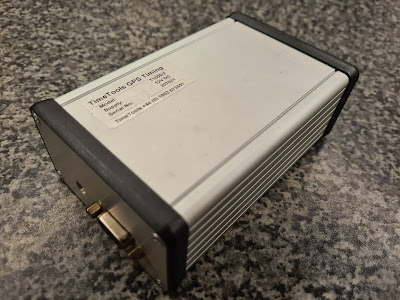I am currently building an Amateur Radio project that will run off batteries. In order to stop over-discharging that battery I need a controller to cut the power before damage occurs. I wanted something "off-the-shelf" so I bought a Battery Charger Discharger Board from Ebay.
The instructions are abysmal so I did some testing and managed to figure out how to operate it.







